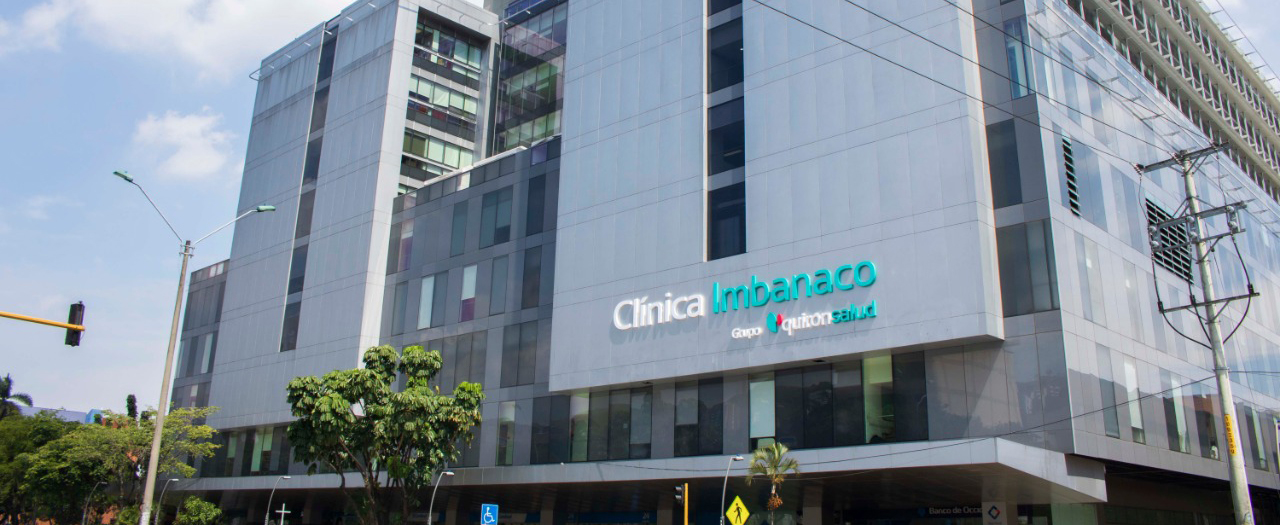Prostate Cancer
What is the life expectancy for prostate cancer? Complete information on the causes, symptoms, and treatments for this disease.
Symptoms and Causes
Prostate cancer is an abnormal and uncontrolled growth of cells in the prostate, a gland of the male reproductive system responsible for producing seminal fluid. It is usually an adenocarcinoma that develops from the prostate glandular cells.
Prostate cancer is the most common type of cancer in men. It generally grows slowly and remains confined to the prostate gland, causing no serious harm and having an extremely high cure rate. However, in some cases, it can be aggressive and spread rapidly.
Symptoms
Prostate cancer may not present symptoms in its early stages. As the cancer progresses, the following symptoms may appear:
- Frequent urination, especially at night.
- Difficulty starting urination.
- Painful urination.
- Difficulty completely emptying the bladder.
- Weak urine flow.
- Intermittent urine flow.
- Blood in the urine or semen.
- Erectile dysfunction.
- Painful ejaculation.
- Fecal incontinence.
If the cancer spreads to other parts of the body, additional symptoms may appear:
- Persistent pain in the back, hip, pelvis, or other bones.
- Constant fatigue.
- Tachycardia.
- Dizziness.
- Paleness.
- Loss of appetite and weight.
- Weakness in the legs and feet.
Causes
The uncontrolled growth of glandular cells originates from mutations in their DNA, which alter their division and growth processes. These cells accumulate, forming tumors that invade surrounding tissues. However, the exact cause of these cellular alterations is unknown.
Prostate cancer has been linked to hereditary mutations in specific genes, such as HOXB13, HPC1, MSH2, MSH6, RNASEL, BRCA1, and BRCA2, among others, which are involved in cellular repair and apoptosis.
Some studies also suggest the presence of precancerous conditions that may contribute to the development of prostate cancer:
- Prostatic intraepithelial neoplasia (PIN): Non-cancerous growth of the cells lining the inner and outer surfaces of the prostate.
- Proliferative inflammatory atrophy (PIA): A localized lesion in the peripheral zone of the gland, accompanied by inflammation and abnormally small, highly proliferative epithelial cells.
Risk Factors
These factors increase the likelihood of developing prostate cancer:
- Age: More common after age 50.
- Family history of prostate or breast cancer.
- Obesity: Increases the risk of aggressive or recurrent cancer.
- Smoking: Increases hormonal secretion, which promotes tumor growth.
Complications
The most severe complication of prostate cancer is metastasis, as it can spread to nearby organs such as the seminal vesicles, bladder, or rectum, potentially causing incontinence or erectile dysfunction. Additionally, it can spread to distant organs via the bloodstream or lymphatic system.
Although metastatic prostate cancer can be controlled with treatment, it is unlikely to be cured. However, the prognosis for prostate cancer remains good, with a very high survival rate.
Prevention
Certain risk factors for prostate cancer can be mitigated with the following measures:
- A healthy and balanced diet rich in vegetables and whole grains, with low fat, sugar, and processed food intake.
- Regular physical activity.
- Maintaining a healthy weight.
- Regular prostate screenings starting at age 50 (or at 45 if there is a family history).
Which Specialist Treats Prostate Cancer?
Prostate cancer is diagnosed and treated by specialists in urology, medical oncology, and radiation oncology.
Diagnosis
The most common tests to detect prostate cancer include:
- Blood test: Measures levels of prostate-specific antigen (PSA), a protein produced by the prostate. Elevated PSA levels may indicate cancer but can also result from inflammation or benign prostate enlargement.
- Digital rectal exam: A physician palpates the prostate through the rectum to detect lumps, hardness, or abnormalities in the gland’s shape, size, or texture.
- Transrectal ultrasound: A probe inserted through the rectum captures images of the prostate.
- Magnetic resonance imaging (MRI): Used when ultrasound findings are inconclusive, providing more detailed images of the prostate and surrounding tissues.
- Prostate biopsy: A sample of prostate tissue is extracted and analyzed to determine the presence of cancerous cells. The biopsy is performed using a needle guided by ultrasound or MRI, inserted through the rectum or perineum.
- Imaging studies: To assess cancer spread to other organs or bones, tests such as CT scans, PET scans, or bone scans are used.
Treatment
The treatment for prostate cancer depends on the cancer stage and the patient’s overall health:
• Active surveillance: For non-aggressive cancers with no symptoms or when the patient cannot undergo treatment, regular follow-ups are conducted using physical exams, PSA tests, MRIs, and biopsies.
• Surgery: The prostate and some surrounding tissues are removed. In some cases, pelvic lymph nodes are also extracted. Surgery can be performed through:
- Open surgery: Via an abdominal incision.
- Laparoscopic surgery: Using a microcamera and surgical instruments inserted through small incisions. Laparoscopy may be robot-assisted.
• Radiotherapy: High-energy radiation is used to destroy cancer cells. Two main options exist: - External radiotherapy: A machine directs radiation to the affected area.
- Brachytherapy: Radioactive sources are placed directly in the prostate tissue. Used when cancer is localized.
- Hormone therapy: Drugs are administered to inhibit testosterone production or block androgen function. Used in advanced and metastatic cancers, often combined with radiotherapy. In some cases, orchiectomy (surgical removal of the testicles) is performed to permanently halt testosterone production.
- Targeted therapy: For recurrent prostate cancer unresponsive to hormone therapy, drugs that identify and attack specific abnormalities in cancer cells are used.
- Chemotherapy: Used for advanced cases that do not respond to other therapies. Administered orally or intravenously, chemotherapy targets rapidly growing cancer cells but also affects healthy cells. It is often combined with hormone therapy.











































































